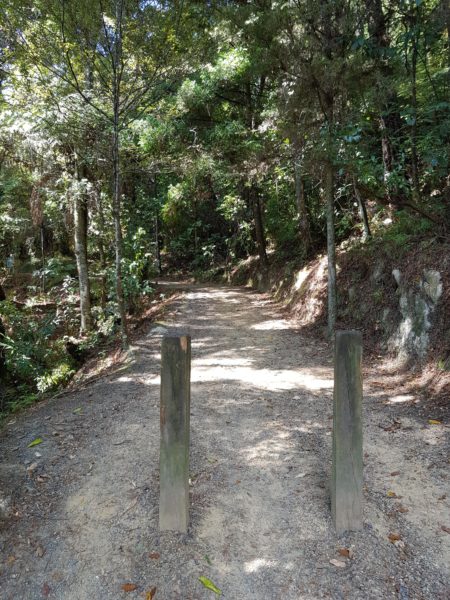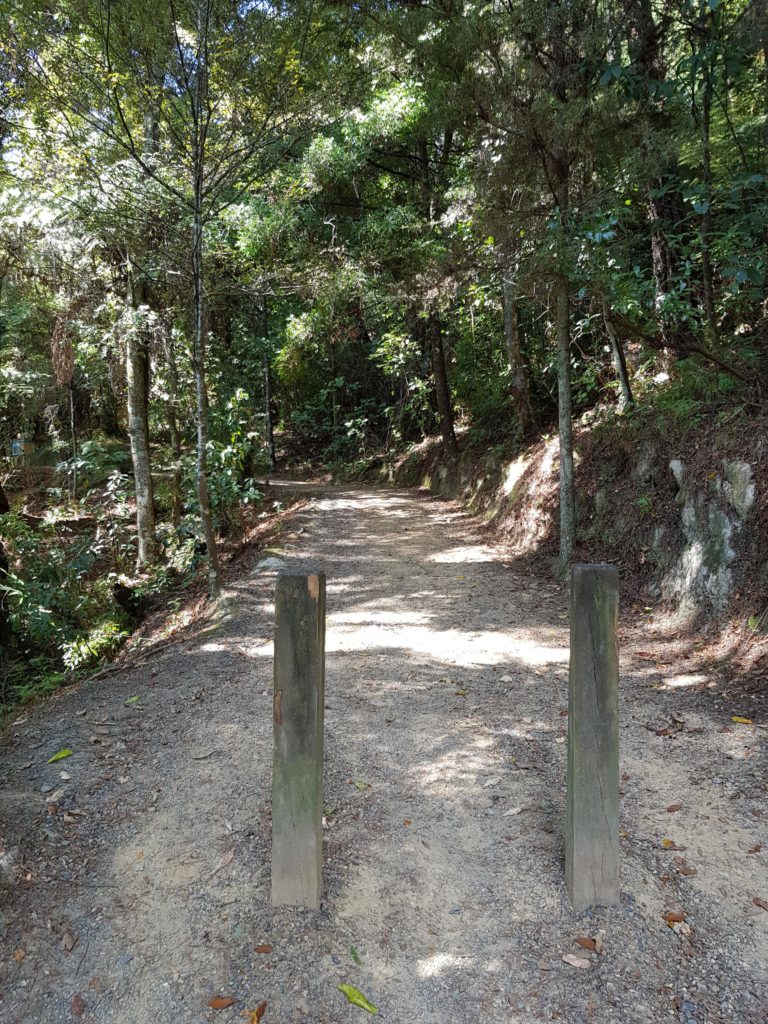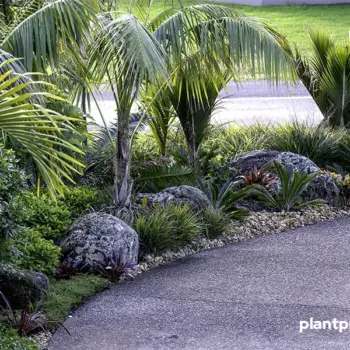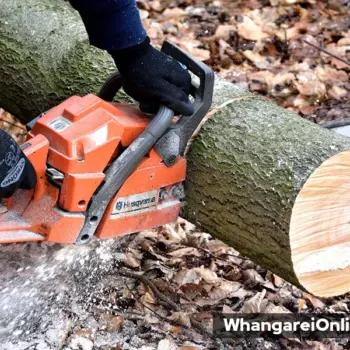
Exploring Mount Parihaka Scenic Reserves in Whangarei
The ancient volcano overlooking Whangarei has played a significant role in the area’s history. Once a fortified pā build by local iwi, said to be the largest pā in New Zealand, and a place of huge battles up to the 1700s, Parihaka has shaped the region like no other. The name comes from haka, the traditional Māori war dance, which was performed by the people living in the pā on top of the cliffs (pari).
The pā is long gone, the volcano dormant, but the history and the attraction that Parihaka radiates is still visible today. The view from the summit, 241 metres above sea level, is spectacular. On a sunny day you can look across the Whangarei Harbour all the way to Bream Bay on one side and Whangarei Heads with Mount Manaia towering on the other. If you’re lucky enough to experience Parihaka on a gloomy day, you get to look down onto a blanket of clouds and suddenly understand why Aotearoa is called ‘the land of the long white cloud’.
Walks through Parihaka Scenic Reserve include tracks along the Hatea River and to the summit. However, the summit can also be reached by car and a short hike up a set of stairs. In 2012/13 the reserve won the Green Flag Award for being among the best international parks and green spaces.
Tracks
There are 4 major tracks through the Parihaka Scenic Reserve, three of them starting at the footbridge that links across the Hatea River with Mair Pair. All tracks are well maintained but vary in length and fitness requirements. They have recently been upgraded by Whangarei-based company Plant Pro & Sons to enhance the hiking experience of visitors exploring the reserve.
The Hatea Walkway is mostly flat and follows the river through native forest, eventually leading to AH Reed Park on one side and to the Town Basin on the other. The other two tracks both lead to the summit, with the Drummond Track being shorter but steeper. The Dobbie Track is longer, more suitable for lower fitness levels as it gradually ascends. It also offers a detour to extensive remnants of an old Māori settlement via the Hokianga Track.
Another track leading to the summit starts at the end of Dundas Road. A highlight along the Ross Track are glow worms which can regularly be spotted in an old goldmine along the way. This route also links with walks leading into Mackesy Bush.
Drummond Track: 1.4km, 40min
Dobbie Track via Hokianga Track: 1.9km, 50min
Ross Track: 1.5km, 40min
In addition to hiking, Mount Parihaka also offers ample opportunities for mountain biking. The network of trails is maintained by the Whangarei Mountain Bike Club.
Lookout and summit
The summit of Mount Parihaka has had a huge overhaul in recent years. It’s home to a large obelisk, Whangarei’s World War II War Memorial which glows red at night to remember those that have fallen for our freedom. A rock carving has also been added representing the mauri of Parihaka, its life force, thus emphasizing the significance of the mountain for local Māori. The lookout platform itself offers unique panoramic views as well as interesting facts about the area.
Parking
There are several free car parks available in the area. The most popular one is located at Rurumoki Street at Mair Pair, though this one tends to fill up quickly especially on weekends and during summer. Smaller, but less frequented is the car park at the summit, accessible via Memorial Drive. Parking is also available at the end of Dundas Road for the Ross Track as well as Vale Road or the Whangarei Aquatic Centre off Ewing Road for walks along the Hatea River.
Facilities
Public toilets are available at Mair Park and at the summit car park. Mair Park also offers a playground for children, though is more suitable for school ages. Several info panels at Mair Park, the pā site along the Hokianga Track and on top of Parihaka retell the story of the land and point out important landmarks in the area.
Mount Parihaka Scenic Reserve is not suitable for wheelchairs or pushchairs.


